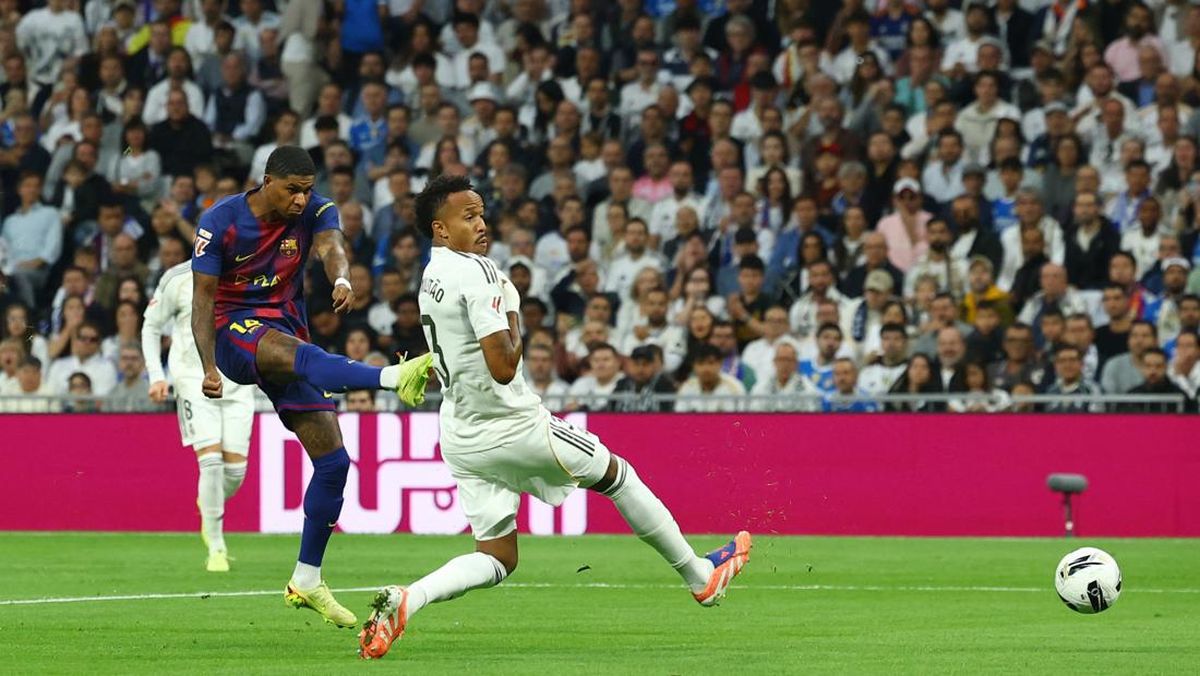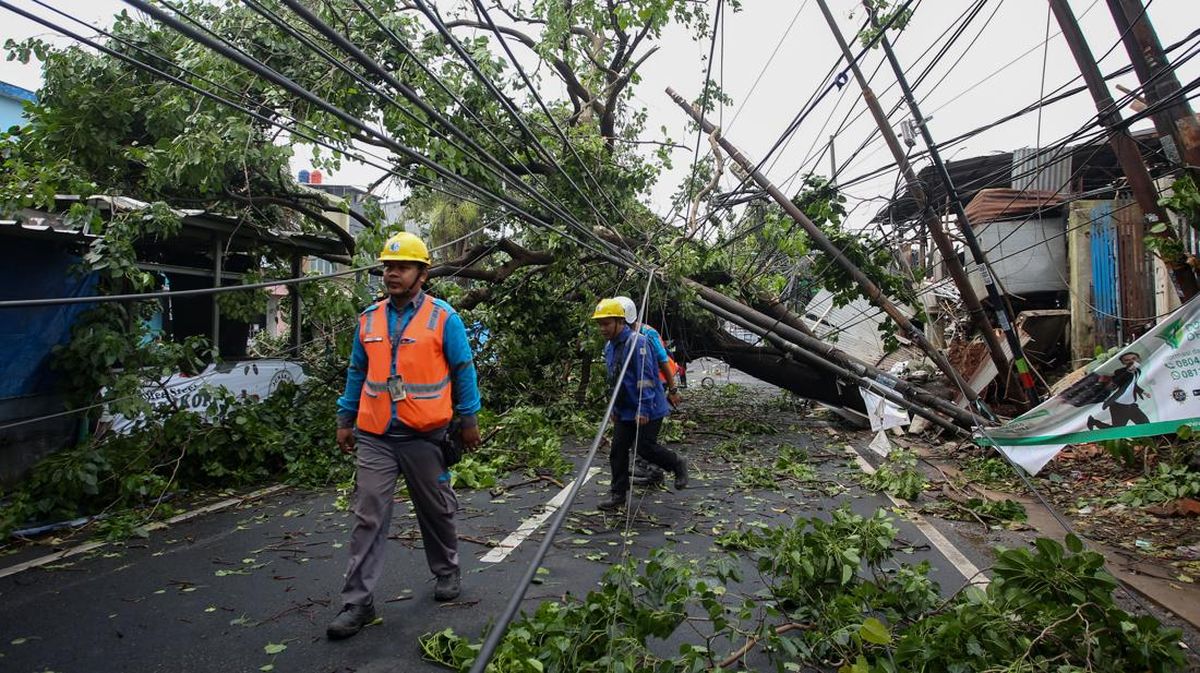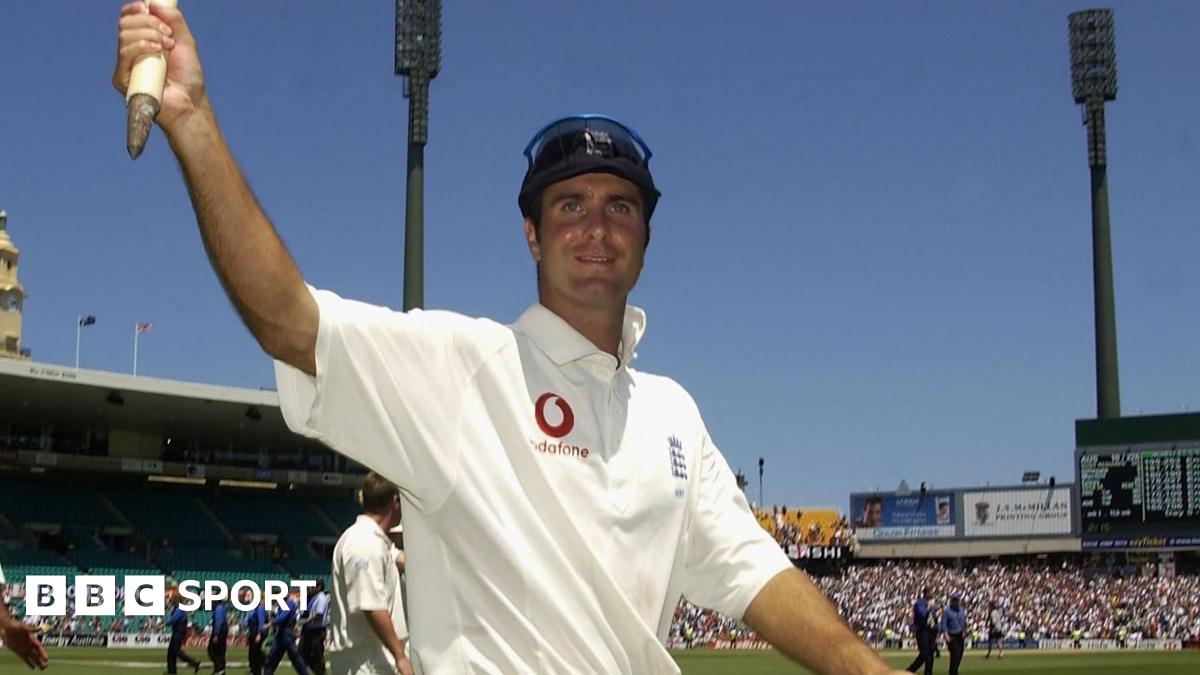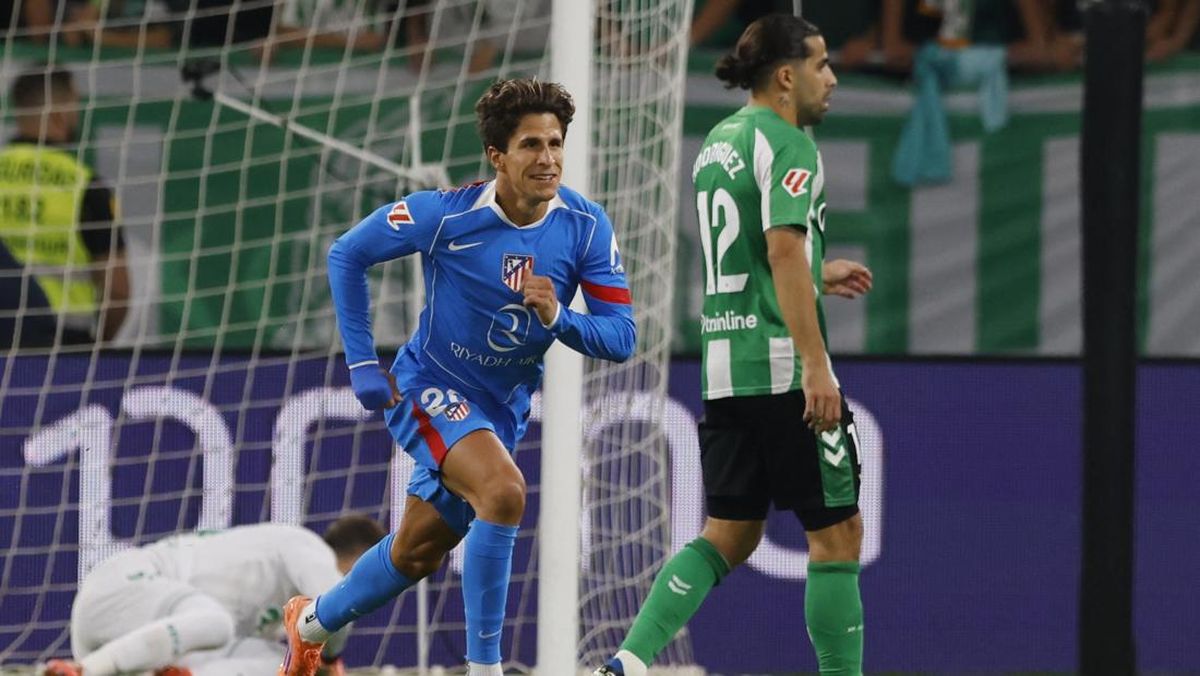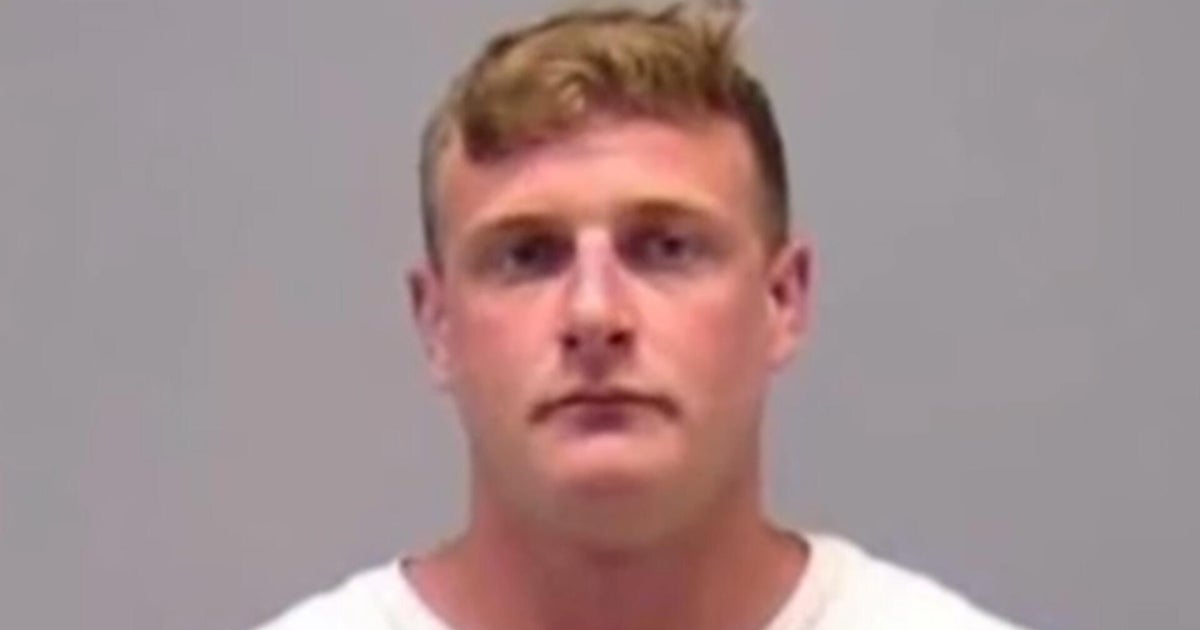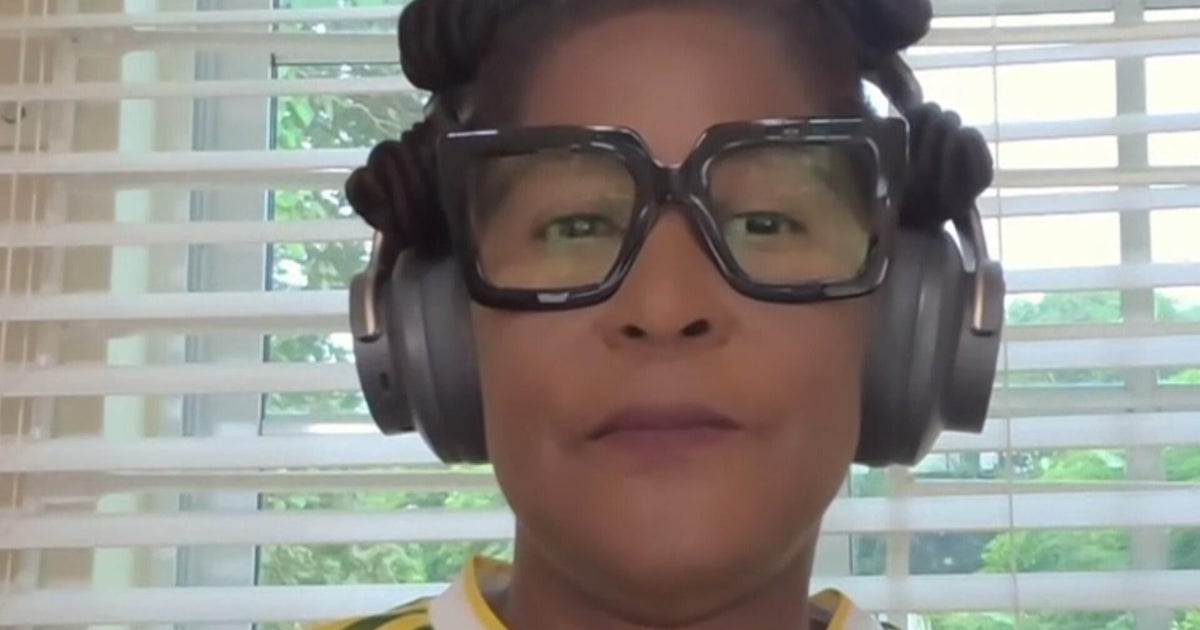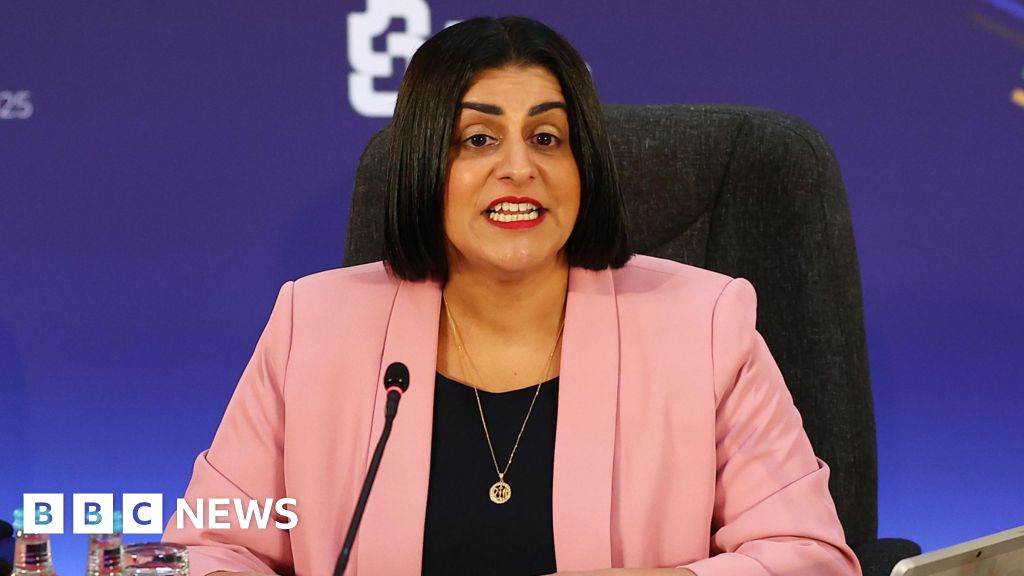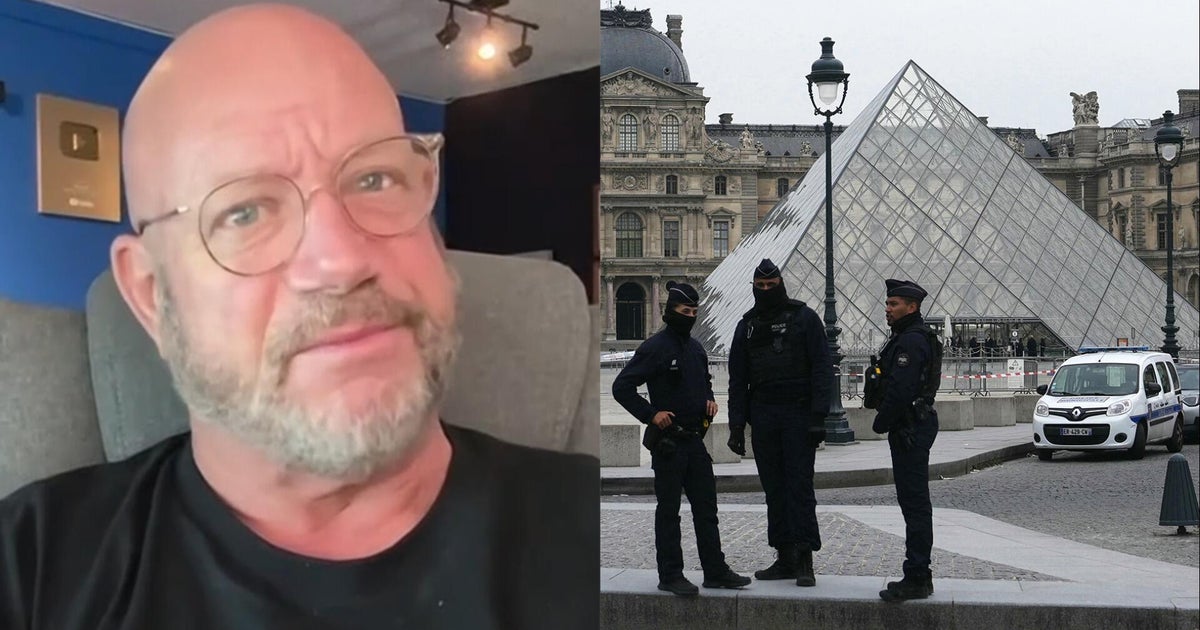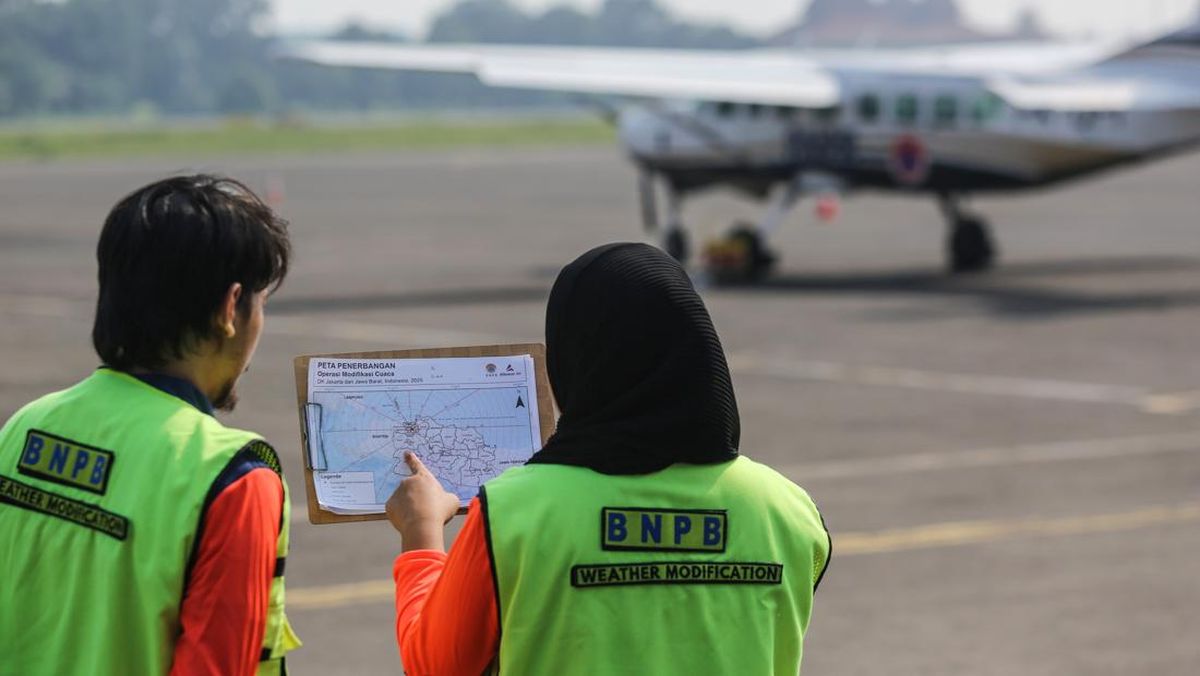When did the last Ashes finish? That’s selection chair George Bailey’s response when asked how long his panel have spent working through permutations for this summer’s Ashes series.
The fruits of their work are now less than a week away, with the squad for the first Test in Perth to be named after the third Sheffield Shield round, which starts on Tuesday.
In the final part of a series on the inner workings of the national selection panel, we reveal how the Ashes squad is picked.

Australian star Sam Konstas.Credit: Sam Mooy
Even at this late juncture, 27 months after the 2023 Ashes finished in a drawn series at the Oval and selectors started planning for this summer, there are plenty of questions.
Who opens with Usman Khawaja? Does Sam Konstas survive?
Loading
Where does Cameron Green bat, and will he be fit to bowl?
Where does Beau Webster fit in the side, if at all?
Has Marnus Labuschagne done enough for a rapid recall?
Bailey, head coach Andrew McDonald and fellow selector Tony Dodemaide have spent much of the past couple of weeks drilling into these questions.
At the same time, Bailey in particular has continued his custom of messaging and sometimes calling players around the country. Not just the 14 or 15 thought to be in contention for Test selection, but others further off the public radar.
Jake Weatherald, a contender for the Ashes opening berth through his recent star-turns for Tasmania, recently said the selectors had kept in touch.
Loading
“We’ve had some correspondence – nothing more than just talking about my batting,” he said. “It’s nothing more than that. It’s been pretty simplistic, nothing too complicated – just keep doing the things you’re doing.”
By Bailey’s reckoning, those sorts of conversations can make a big, positive difference to a player’s sense of focus and direction: knowing the selectors’ numbers are there and the door is open to speak.
Occasionally, those conversations might affect a player’s returns as they digest the magnitude of being actively watched and spoken to. But they are also an investment in players who may become useful down the track.
‘How do you want to play?’
As related by the late Bob Simpson, past selection panels discussed much of the make-up of a squad before calling in the captain to ask for his views.
But in the case of Bailey and company, the process works in reverse. “Let’s work backwards,” is a favourite phrase of Bailey when looking at a selection conundrum, and in the case of building a squad, that means speaking extensively with the captain – Pat Cummins – before doing anything else.
There are two key reasons why the current panel want strong cues from their captain.
First, they want their decisions to be informed by how Cummins, as the on-field leader in Test cricket, wants Australia to play. The same now applies to Mitchell Marsh, who is captain of the white-ball teams outside ODI World Cups.

Australia’s chief selector George Bailey and skipper Pat Cummins watching a Sheffield Shield match in Sydney.Credit: Getty Images
It will also be true of Steve Smith, who on Monday was confirmed as skipper of the Test side for the first game of the Ashes in Perth. But given that Cummins and Smith have been captain and deputy since 2021, their philosophies are not expected to diverge too much.
“What sort of team do you want, how do you want to play, how do you want this team to interact on the field and off the field?” says Bailey, describing how the captain’s answers to these questions inform selection. “That provides a foundation.”
Importantly, Cummins’ views are expected to shape how this team lines up in terms of batting options. In 2023, Cummins spoke with David Warner to tell him that he needed to be playing proactively to keep his place for the Ashes tour. Warner’s aggression was seen as the ideal counterpoint to the more sedate tempo of Usman Khawaja, and that combination was a huge reason why Warner held his spot for far longer than many members of the public felt was fair.
This time around, that proactive opening partner for Khawaja is a big part of the conversation. It’s why Konstas was tried last summer, disrupting India famously on Boxing Day. It is also why Weatherald and Matt Renshaw are around the mark this time.
That proactive approach figures, as well, in Labuschagne’s status. The selectors winced more than once over the past couple of years whenever they saw him pinned down by opposition bowlers without making good decisions about trying to score.
The second major strand for working so closely with Cummins is because the captain’s role in cricket is unique when compared to other sports, where the coach is the dominant tactical force.

Marnus Labuschagne is well placed to return to the XI.Credit: Getty Images
“Ultimately, you don’t want to be sending a captain out with a team he doesn’t trust or understand how it’s going to function. So it’s a pretty important relationship,” Bailey says.
How Cameron Green’s status will shape the Ashes squad
Ask one of the selectors what is trickiest about selecting the team for this Ashes series, and they point back to the moment, about a year ago, when Cameron Green was ruled out of the summer against India due to a back stress fracture that required surgery.
Green and those around him are now confident that the surgery will allow him to bowl with his former venom not just this summer but for years to come.
But the fact he has bowled just four red-ball overs in more than a year, then had to rest again with side soreness, has added complexity to the selection of the whole team.
When Green was ruled out of the Border-Gavaskar series a year ago, his absence prompted the selectors to reshuffle the batting order. Initially, they called up South Australian captain Nathan McSweeney to partner Khawaja, with Mitch Marsh expected to do more bowling.

Cameron Green’s bowling status will shape the batting line-up.Credit: Getty Images
Neither move worked. McSweeney was omitted for Konstas after three Tests, and Marsh lost his place to Webster after four. Both Konstas and Webster contributed significantly to the 3-1 win over India.
Now Green is back, but what kind of role he can play is unclear. If he is fit to deliver a reasonable number of overs as a fifth bowler, Green can be expected to slot into the middle order, with Webster missing out.
In turn, the rejuvenated Labuschagne can return to his pet batting spot at three, while the selectors are at liberty to choose a proactive opening partner for Khawaja: one of Weatherald, Renshaw or Konstas.
But if Green cannot bowl much or at all, Labuschagne most likely returns to opening, Green stays at No.3, and Webster keeps his spot at six to provide that fifth seam option. There is no room for a new opener.
What is not in much doubt is that Labuschagne will resume his Test career after missing three matches in the Caribbean. That time out was not because the selectors thought he was done. Rather, they decided he needed time out to clear his head and refocus on what has made him such a prolific batter at his best.
Loading
“When you go out of the team, you don’t go to the bottom of the pile,” Bailey says.
Selling the summer, but not the selectors
One thing all the selectors are adamant about is that they do not let the choices of the marketing department influence their teams.
If they did, Konstas would be just about the first player picked. In digital advertising and billboards, plus broadcast ads for the team’s new major sponsor Westpac, Konstas has been ever present.
But one of the strengths of the Australian system since the mid-1980s has been the formal separation of cricket decisions from commercial concerns.
There had been an awkward period between 1979 and 1986 where Kerry Packer’s PBL and the Australian Cricket Board ran two parallel contract lists; PBL’s was for players deemed most marketable. In another lamentable episode influenced by commercial interests, the early unveiling of a 17-man squad for the 2010-11 Ashes caused confusion and insecurity among players. “The Poms would have been laughing their heads off,” Ricky Ponting said later.
So while you may have seen a lot of Konstas in Cricket Australia and related advertising, that has nothing to do with whether he is keeping his spot.
“Do I like the theatre [the passionate public focus on selection]? Yes, I do,” Bailey says. “We’re lucky to have it.
“There are a lot of moving parts, and we understand we are the domino that allows a lot of other things to fall into place.
“But you don’t want that to be at the detriment of actually getting your process and decisions right.”
News, results and expert analysis from the weekend of sport are sent every Monday. Sign up for our Sport newsletter.

